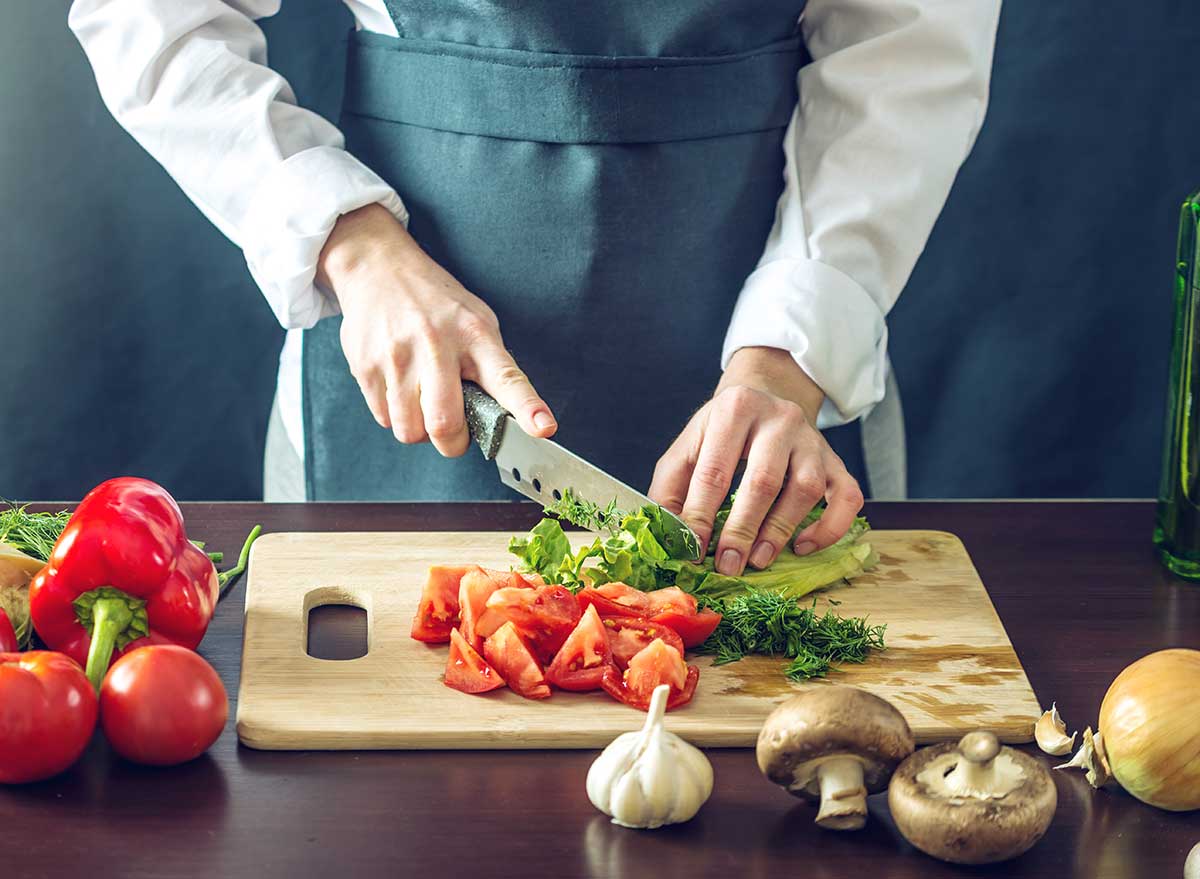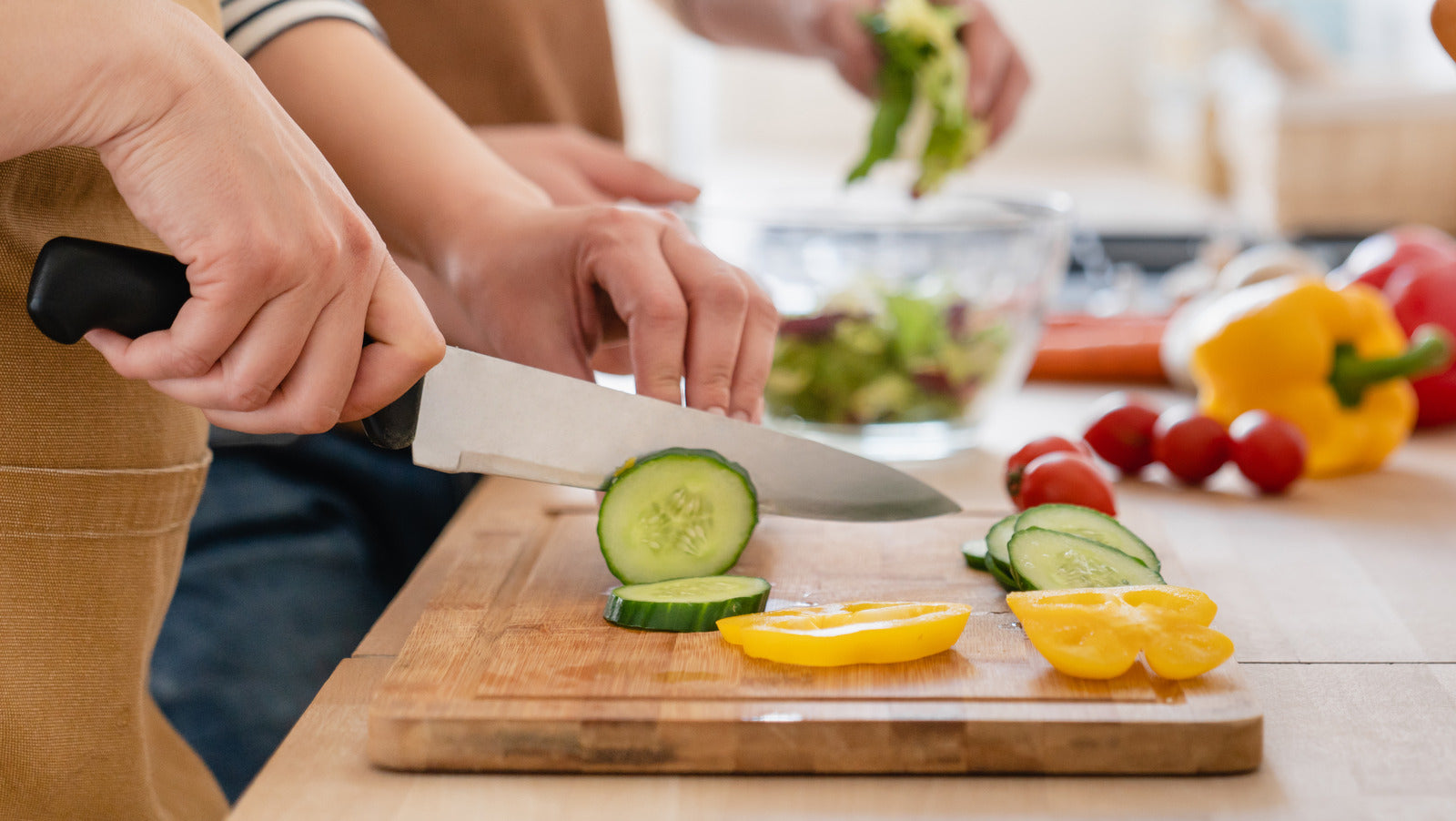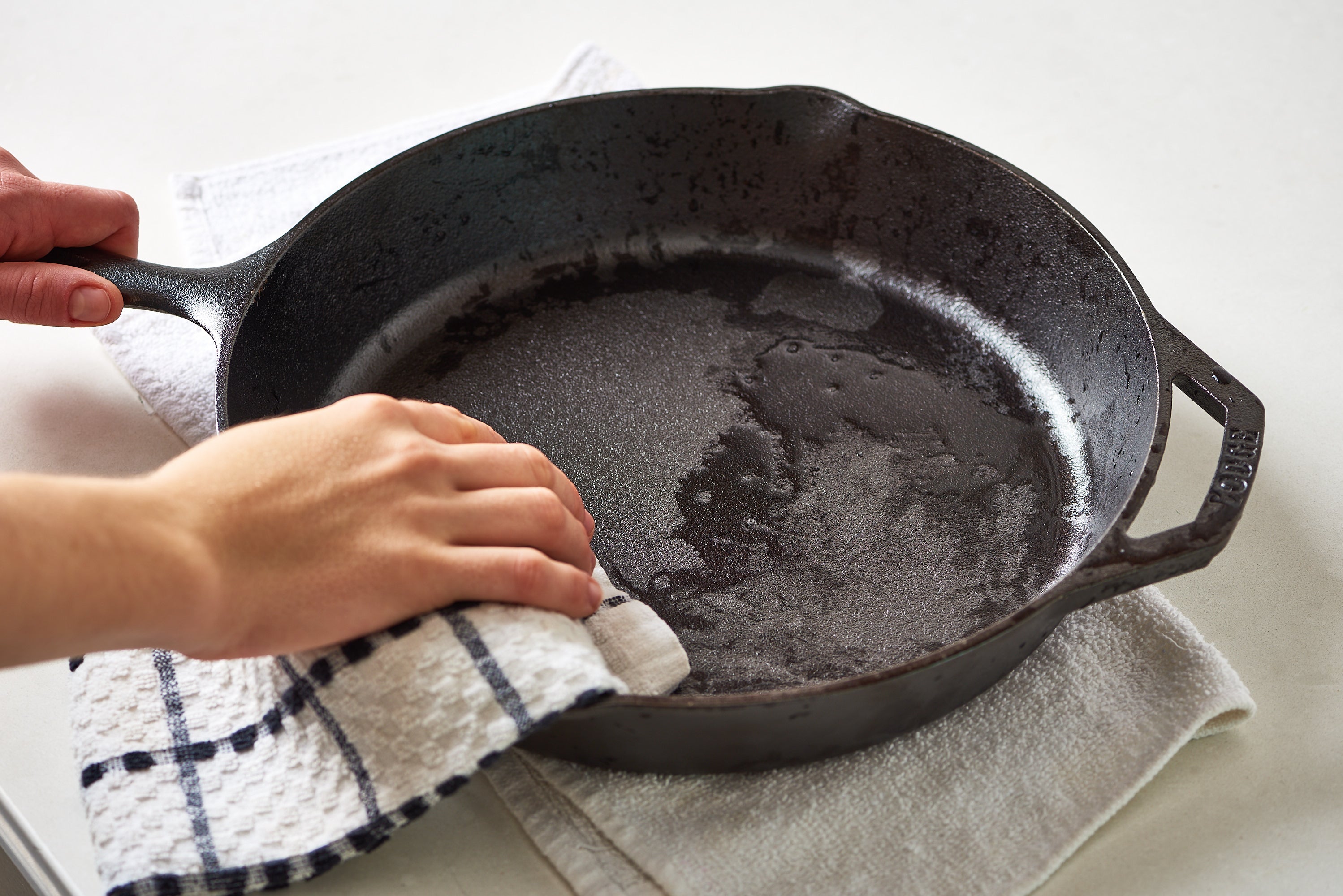In any professional kitchen, a well-maintained wood cutting board isnt just a toolits an investment. Wooden boards are prized for their durability and aesthetic appeal, but they require proper care to ensure they last for years. In this in-depth guide, well walk through the steps of treating your wood cutting board so that it remains both a functional and hygienic surface in your kitchen.

Why Proper Maintenance Matters
The importance of maintaining a wood cutting board goes beyond its visual appeal. These boards are naturally porous, which means they can absorb moisture and harbor bacteria if not properly cared for. Over time, neglect can lead to cracking, warping, or even a surface that dulls your knivesa nightmare for any professional chef.
The Risks of Improper Care
Not treating a wood cutting board regularly can result in: - Deep grooves that trap food particles - Bacterial build-up that poses health risks - A brittle surface prone to splitting
To avoid these issues and protect both your investment and your workspace, understanding how to properly treat a wood cutting board is essential.
Step-By-Step Guide to Treating Your Wood Cutting Board
1. Clean it Thoroughly
Begin by washing your board immediately after use. Use warm, soapy water, and scrub gently with a non-abrasive sponge. Avoid soaking the board or putting it in the dishwasher, as excessive moisture can lead to warping. If your board has been used to cut raw meat, disinfect it with a solution of one tablespoon of white vinegar mixed with a cup of water. For an in-depth cleaning process, check out this guide on cleaning wooden cutting boards after raw meat.
2. Allow It to Dry Completely
After cleaning, pat your board dry with a clean towel and let it air dry standing upright. This prevents moisture from seeping into the wood, which can lead to bacterial growth and damage.
3. Apply Mineral Oil Regularly
One of the most important steps in maintaining a wood cutting board is oiling it. Use food-grade mineral oil, as other oils can go rancid over time. Apply a generous amount to the surface and use a clean cloth to rub the oil into the wood in circular motions. Let the oil absorb for at least a few hours or overnight, then wipe off any excess.
If you're unfamiliar with the best oils to use, refer to this article from Real Simple on cleaning wooden cutting boards.
4. Optional: Wax for Extra Protection
For chefs looking to maximize the lifespan of their wood cutting boards, applying a food-safe beeswax can create an additional protective barrier. This not only prevents moisture but also gives the board a polished appearance.
How Often Should You Treat a Wood Cutting Board?
The frequency of treating your board depends on how frequently you use it. For professional kitchen use: - Oil the board at least once a week. - Deep clean and disinfect monthly. - Sand down imperfections every six months.
For detailed cleaning processes, read more on cleaning greasy pans that chefs may find equally helpful.
Common Mistakes to Avoid
1. Using Harsh Chemicals
Bleach or other harsh cleaners can damage the surface of your cutting board. Stick to natural disinfectants like vinegar or lemon juice.
2. Storing in Damp Conditions
A damp environment fosters mold growth, which can damage the board beyond repair. Make sure your kitchen storage is well-ventilated.
3. Cutting on a Dry Board
Always ensure your board is well-oiled to prevent the wood from absorbing moisture and dulling your knives.

Frequently Asked Questions (FAQ)
1. What type of oil is best for a wood cutting board?
Food-grade mineral oil is ideal, as it doesn't go rancid. Avoid using vegetable or olive oils.
2. How can I fix a warped cutting board?
Soak one side of the board in water, then lay it on a flat surface with a heavyweight on top. Let it dry graduallyit may take several days.
3. Can I use my wood cutting board immediately after oiling?
It's best to wait at least 24 hours after oiling before using the board to allow the oil to fully absorb into the wood.
Keeping your wood cutting board in perfect condition doesnt have to be daunting. By incorporating these maintenance tips, youll ensure it remains a reliable and hygienic tool in your kitchen for years to come. For more professional kitchen tips, you can also check out disinfection tips for cutting boards and quick saucepan boiling tips.
This article contains affiliate links. We may earn a commission at no extra cost to you.






Leave a comment
This site is protected by hCaptcha and the hCaptcha Privacy Policy and Terms of Service apply.